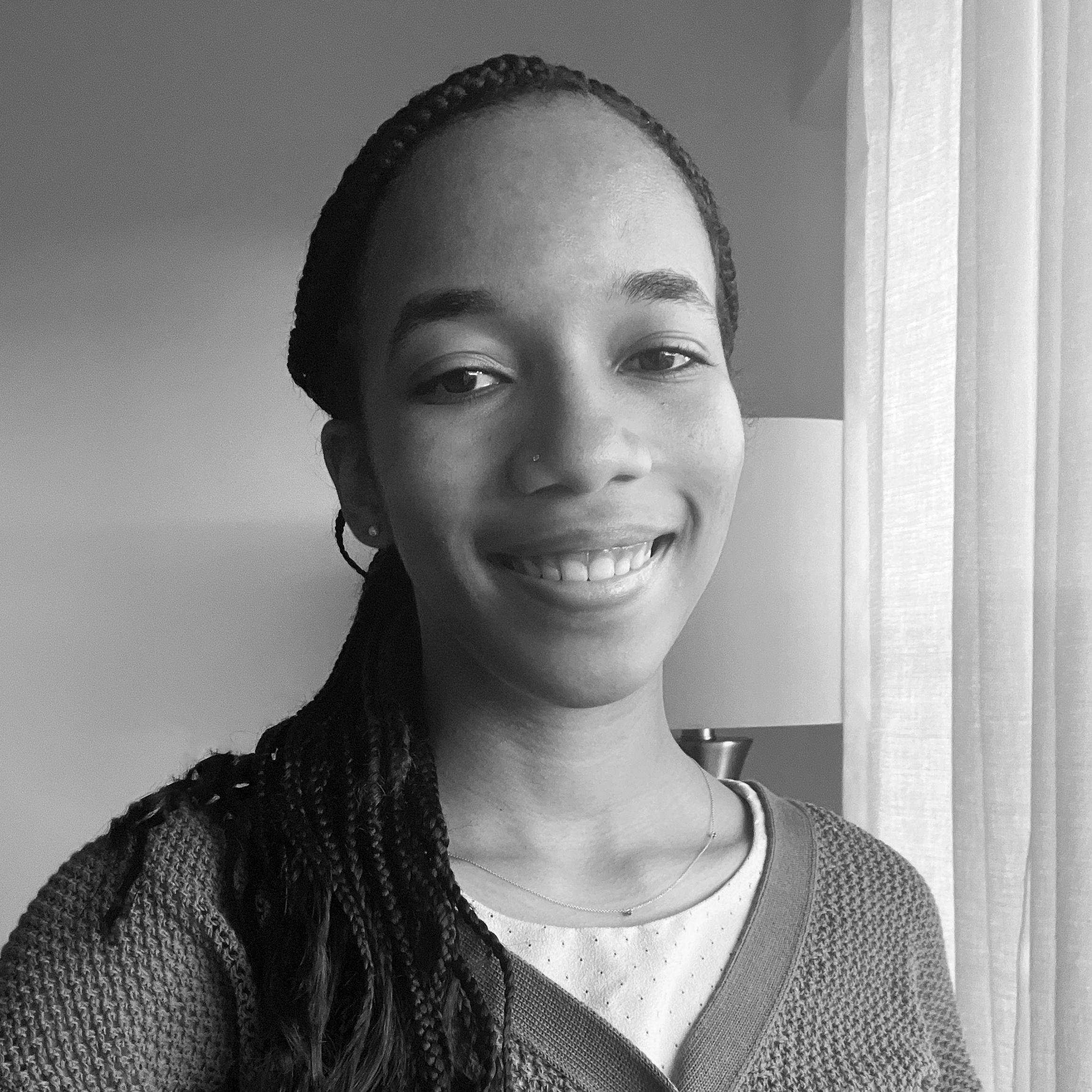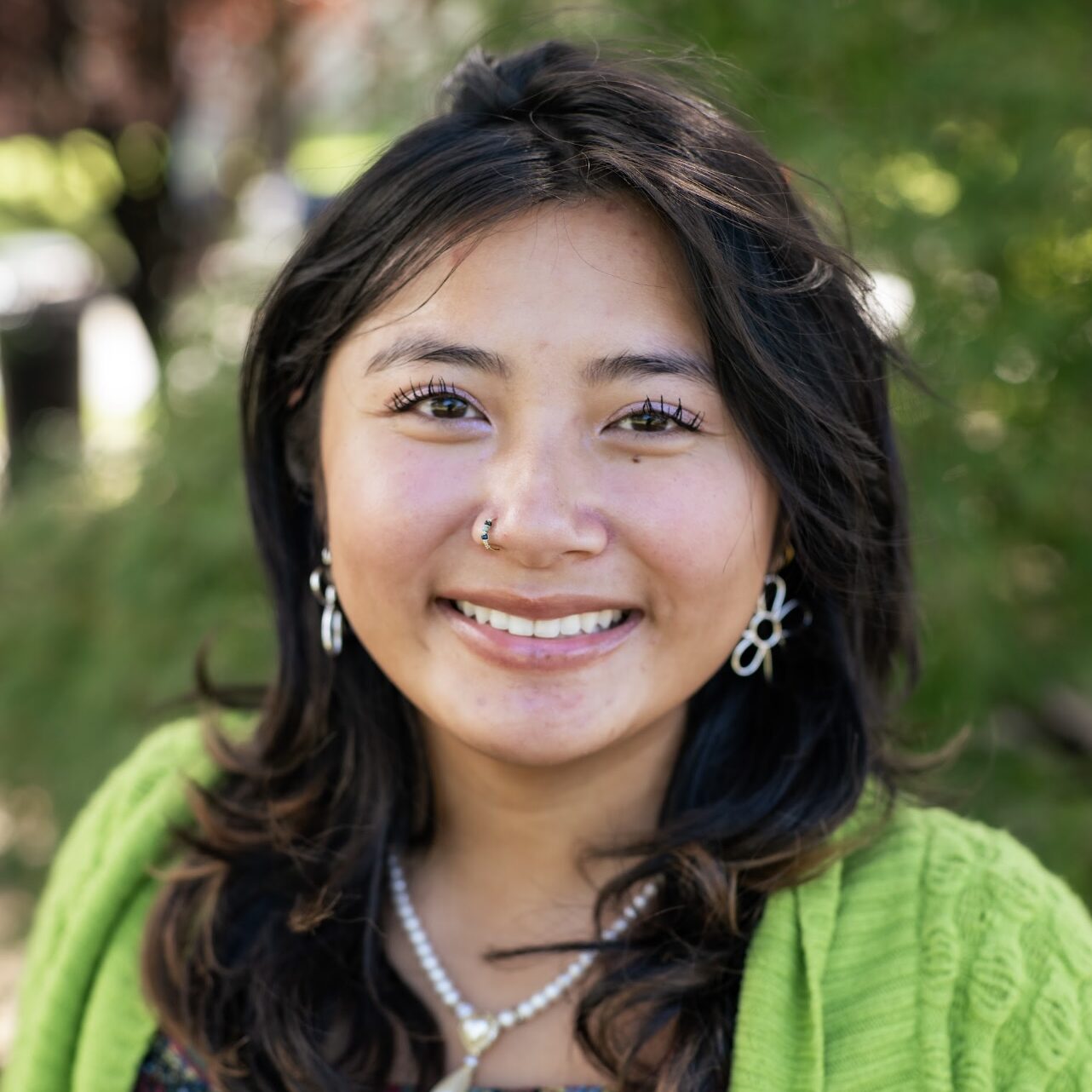On June 12, Hester Street officially launched the Jim Diego Fellowship – an immersive, 10-week fellowship program for graduate students of color, LGBTQIA+ students, women, and other underrepresented voices in the fields of architecture, urban planning, and design. Named for our late colleague and friend Jim Diego, the fellowship provides hands-on experience working on HST’s innovative projects.
Throughout his career, Jim Diego was known for his ability to make connections, build relationships to support his colleagues, and promote the growth and vitality of the community development field. To honor this legacy, HST has designed this fellowship program to support mentorship and professional development for emerging professionals in our field.
We’re thrilled to welcome the inaugural Jim Diego Fellow, Rosanna Valencia, to our team. Rosanna joins us from the Rhode Island School of Design (RISD), where she is pursuing her Masters of Architecture. We recently sat down with Rosanna to learn more about her experience and interest in joining HST as a Jim Diego Fellow. Read her responses to our questions below, and join us in welcoming Rosanna to HST’s team.
HST: What is the current focus of your academic work at RISD? What coursework or ideas are particularly exciting to you right now?
Rosanna Valencia: I have been learning the city and making ties with community members to help me understand how Providence residents perceive of corner-stores, and the importance of their designs in everyday contexts. In doing this, I hope to understand how engagement of residents can inform future design of these stores, which are important neighborhood institutions but are often overlooked during design and renovation processes. My first year at RISD has made me really curious about collaborative art and how practices can be a catalyst to engage meaningful and vulnerable discussions around trauma. For example, in my latest studio, my partners and I designed and exhibited a space for weaving circles for women using textiles, yarn, wreaths, wood and found materials. This process sparked dialogues about the role of facilitation within architecture, and the importance of vulnerability in professional settings like school and work. We discovered that embracing individual stories contributes to the creation of spaces where individuals can feel secure, welcomed, and empowered within their communities. I would love to build on this and host weaving workshops, centered on joy, play, community, and womanhood. I’d also love to explore how weaving and textile work can intersect with my interest in designing corner store facades, integrating these artistic practices into the overall aesthetics and functionality of these spaces.
HST: What drew you to the Jim Diego Fellowship, and what do you hope to learn from your experience at Hester Street?
Rosanna Valencia: I am drawn to Hester Street and its practices because I am interested in being of service to communities that have been marginalized by virtue of their access to material resources, lived experience, and/or access to political power. I am interested in learning about Hester Street’s extensive services in community engagement to understand how to make community experience visible and at the forefront of public projects. I am also looking to grow my public speaking skills and learn processes of group facilitations and community engagement, as well as learning GIS!
HST: What projects are you excited to work on this summer?
Rosanna Valencia: I’ll be supporting community engagements for our partners at Lincoln Center, Rise Light & Power, LLC, Council Member Crystal Hudson’s office, and the Bronx Community Foundation. I’m also looking forward to helping to shape HST’s upcoming 20th anniversary panel series.
HST: Can you share a favorite New York City public space, park, or building that’s important to you?
Rosanna Valencia: I would have to say that my favorite NYC park is J. Hood Park because of the memories I have there as a child, where I would go to play on the swings with my cousins after school. We used to beg our grandma to take us to use the computers where we would play dress-up games.


